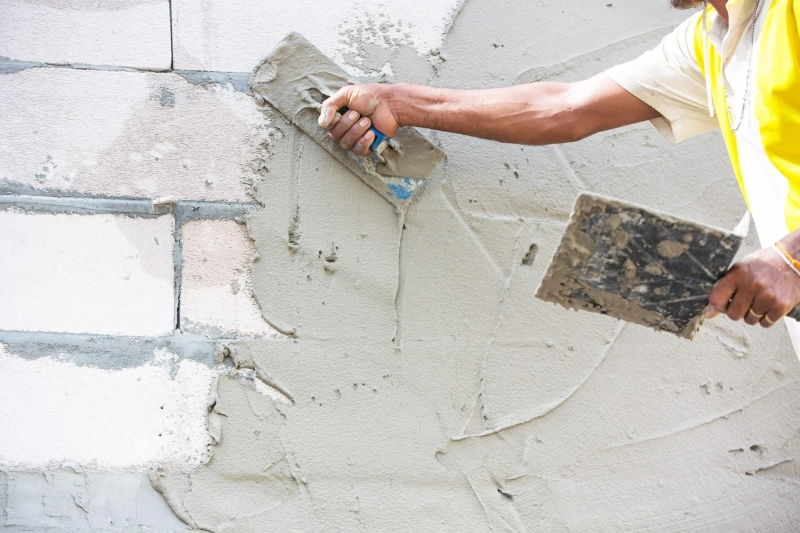Plaster has long been admired for its timeless elegance and artistic appeal in interior design. However, even the most well-maintained plaster surfaces can develop cracks and imperfections over time. This comprehensive guide will explore the world of professional plaster repair and restoration, helping you transform damaged plaster walls into elegant masterpieces that stand the test of time.
Diagnosing Plaster Damage: The first step in the plaster repair process is to diagnose the extent and nature of the damage. From hairline cracks to more significant structural issues, understanding the underlying problems is crucial for effective repair and restoration planning.Understanding the Plaster Composition: Before attempting any repairs, familiarize yourself with plaster composition. Knowledge of the type of plaster used in your home, whether lime, gypsum, or cement-based, is essential for selecting the right materials and techniques for repair.Identifying Appropriate Repair Techniques: Professionals will employ various repair techniques based on the damage's nature and the plaster's type. These may include patching, filling, or replacing plaster to stabilize the damaged areas.The Art of Plaster Restoration: Restoration involves more than just repairing cracks. It entails reviving the original charm and character of the plaster surface. Skilled craftsmen carefully recreate intricate designs and textures, using specialized tools to ensure the restoration is in harmony with the existing plaster.Expert Tips for Seamless Blending: An essential aspect of professional plaster repair is the ability to blend the repaired areas seamlessly with the surrounding plaster. Techniques such as feathering and color matching are employed to achieve a uniform finish that makes repairs virtually indistinguishable.Preserving Historical Plasterwork: In older homes, preserving historical plasterwork is of utmost importance. Professional restoration techniques aim to retain the authenticity and heritage of the plaster, maintaining its original beauty while addressing damage.Protective Coatings for Longevity: A protective coating is essential to protect the restored plaster and enhance its durability. These coatings guard against future damage and ensure the longevity of the plaster surfaces.Conclusion: Plaster repair and restoration is a delicate art that requires skill, expertise, and an understanding of historical preservation. Professionals achieve a seamless and elegant finish by diagnosing the damage, identifying the appropriate repair techniques, and skillfully blending the repaired areas. Through expert restoration, damaged plaster surfaces are transformed into captivating works of art that retain their timeless charm for years. Whether in historical homes or modern spaces, professional plaster repair brings back the elegance of this classic and cherished wall finish.


